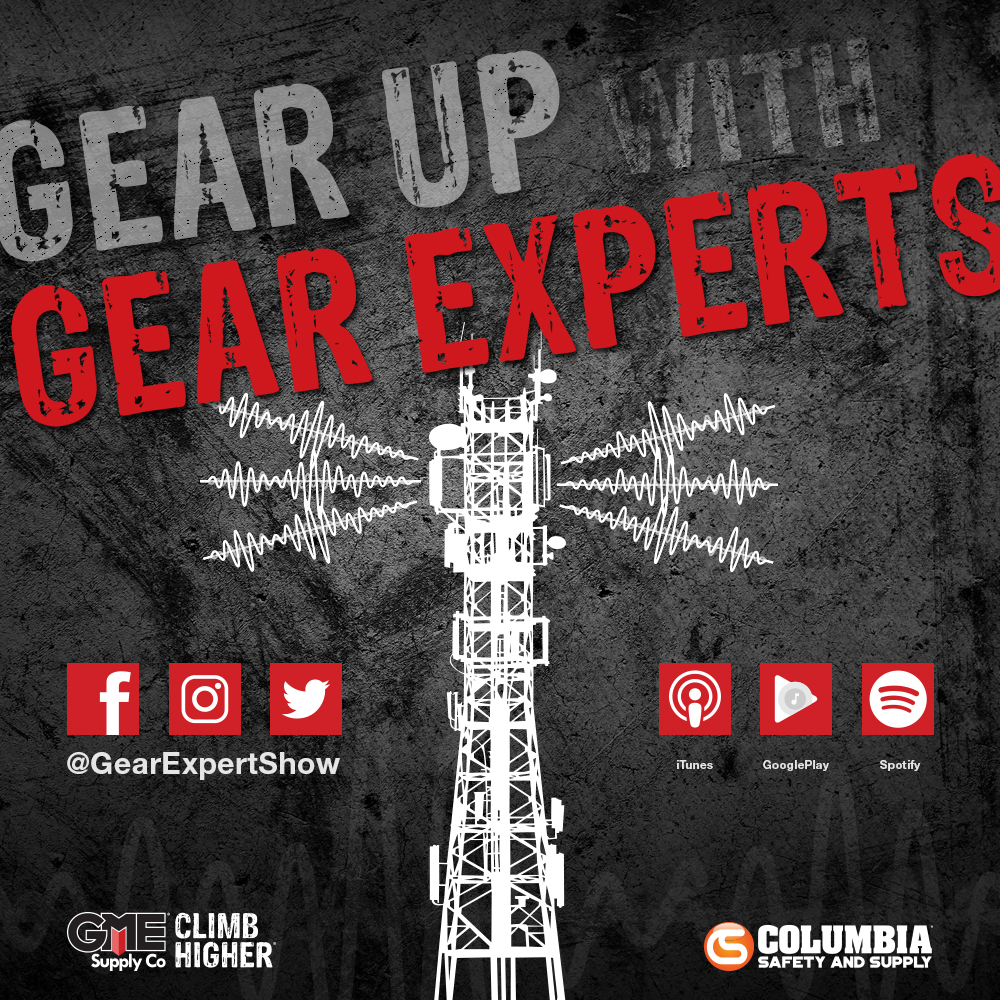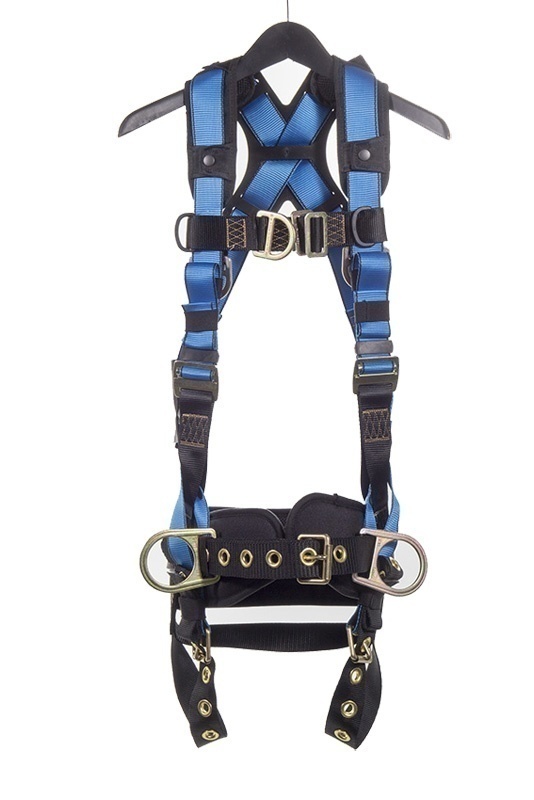Wind Energy Myths Debunked
 The wind energy industry has seen explosive growth over the past decade. In fact, according to the American Wind Energy Association, wind energy facilities generated 6.5% of the electricity used in 2018. That’s enough to power 26 million homes. With the explosive growth, there has been a lot of misinformation spread about wind energy and it’s effects on daily life and nature. This week, our Gear Experts® are going to debunk some of those myths.
The wind energy industry has seen explosive growth over the past decade. In fact, according to the American Wind Energy Association, wind energy facilities generated 6.5% of the electricity used in 2018. That’s enough to power 26 million homes. With the explosive growth, there has been a lot of misinformation spread about wind energy and it’s effects on daily life and nature. This week, our Gear Experts® are going to debunk some of those myths.
Is Wind Energy More Expensive Than Conventional Energy?
 There are technically two sides to this question. When it comes to initial buildout versus older established power plants, yes wind energy is more expensive. When the Colorado Public Service Commission issued a ruling back in 2001 on the 161-megawatt project in Lamar, they determined that wind energy provided the lowest cost of any new energy generation resource; with the only exception being one small hydro plant. A finding which continues to hold true today.
What’s the Cost?
 Today, wind energy costs between just 2 and 6 cents per kilowatt-hour (kWh). This can be compared to the 2017 numbers for Nuclear energy at 9 cents, Natural gas between 5-10 cents and coal just over 10 cents per kWh. It’s also worth noting that wind farms avoid the risk of future increases in fuel prices. You can browse all over the internet for different opinions, different studies, different numbers but you’ll find that in the majority of reports, wind power is holding its own against all other forms of new energy generation; and on top of that, it has a much quicker rate of reducing carbon emissions. Not only is the power generated by a wind farm free from carbon but it will only take an average of six to nine months to repay its carbon footprint if operating at only 80%.
Are Wind Turbines Noisy?
 This myth comes from the fact that they are so large. While size can vary depending on the use of the electricity being generated, we are going to use large, utility-scale turbines in our example. The blades of these turbines can reach 165 feet (50 meters) in length and the diameter of the rotor can be over 325 feet (100 meters). For a bit of scale - that is more than the length of a football field.
Does Size = Noise?
 Not really, no. The modern wind turbines that have been erected in the last 5-6 years produce very little noise. You may hear a whooshing sound as the blades encounter turbulent air if you’re standing less than 300 feet from one, but even then, it will only be as loud a household blender or vacuum cleaner. While living with the constant sound of a vacuum running isn’t ideal, that’s not going to be an issue. The closest a wind farm can be built to a residential area is no less than 300 meters - or close to 3 football fields. At that distance, the average turbine will produce about 40 decibels which is as loud as the sound your refrigerator makes.
Do Wind Turbines Kill Birds?
 We’d be lying if we said no. However, it’s worth noting that wind energy development’s overall impact on birds is extremely low (<1 of 30,000) compared to other human-related causes, such as buildings, deforestation, and general traffic. Birds, or any animal for that matter, can adapt to wind turbines, just as they do with other man-made structures. It’s worth arguing that, conventional fuels contribute to air and water pollution that can have far greater impact on wildlife and their habitat, as well as the environment and human health than wind turbines. They are a more environmentally friendly and sustainable solution.
Are Offshore Turbines Harmful to Marine Life?
 To debunk this myth we have to take a trip across the pond to our friends in the United Kingdom. Most of the established offshore wind farms are located in the North Sea off the coast of the U.K. and that’s where a majority of environmental impact studies have been conducted. In a recent study conducted by the Helmholtz Centre for Materials and Coastal Research located in Germany, some interesting things were discovered. They say offshore wind platforms are changing the nature of marine ecosystems in complex, unanticipated, and beneficial ways.
Blue Muscles
 One important effect they have recorded is that offshore wind farms are acting as preservation areas. This is because fishing and bottom trawling is not allowed due to safety concerns. Blue mussels seem to be the catalyst for this because they will attach themselves to the bases of the turbine (which can support an estimated 4 tons of shellfish). The mussels create biomass which attracts other marine life. This, in turn, creates greater biodiversity in those areas than in unprotected waters. Not only are these mussels creating a sea-life preserve but they’re filter feeders - which means as they feed they filter heavy metals, toxins, and bacteria from the water. So, we could argue that as we build more offshore wind farms, not only are we creating more renewable energy, but we are also preserving sea life from being wiped out. Whether you’ve been working in the wind industry for years, or you’re just starting out, our Gear Experts® [insert link here] are here to help you get the gear you need when and where you need it. → Click here to see our full selection of wind energy gear.
Gear Up with Gear Experts: The Podcast
 → Click here or use the player below to listen to our podcast episode where we sit down with our very own Cody Sellers to debunk some wind energy related myths. If you haven’t already checked out Gear Up with Gear Experts, our podcast dedicated to at-height, industry, and construction, it is available for download! You can find it on all major podcast listening platforms like Apple Podcasts, Spotify, Google Play Music, + your favorite podcatcher of choice. And, you can head on over to gearexperts.com to follow us on social media, check out our detailed show notes, and sign up for updates.
 Â
Â
Get Social
 Be sure to follow us on social media to keep up with everything GME Supply has going on. Facebook | Instagram | YouTube | Twitter | LinkedIn













